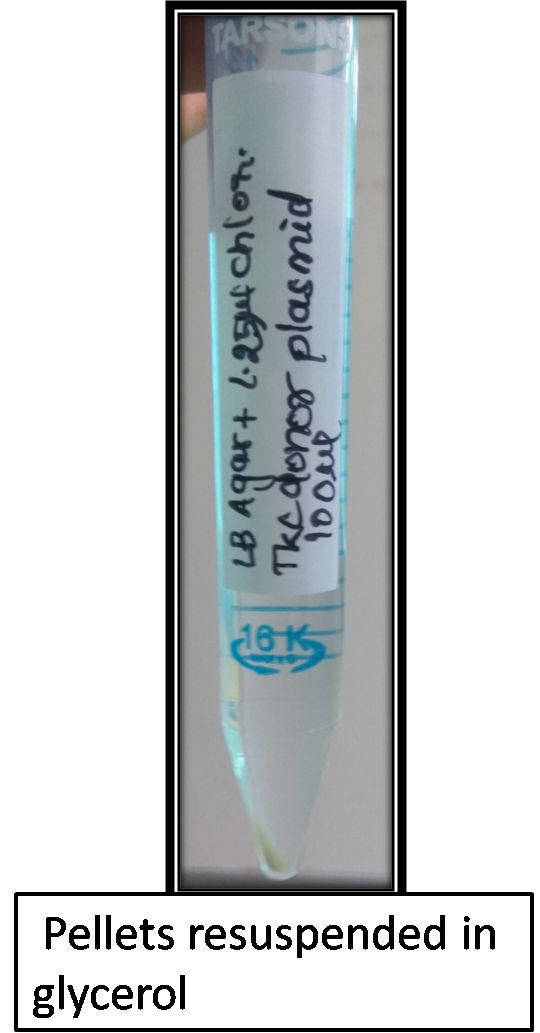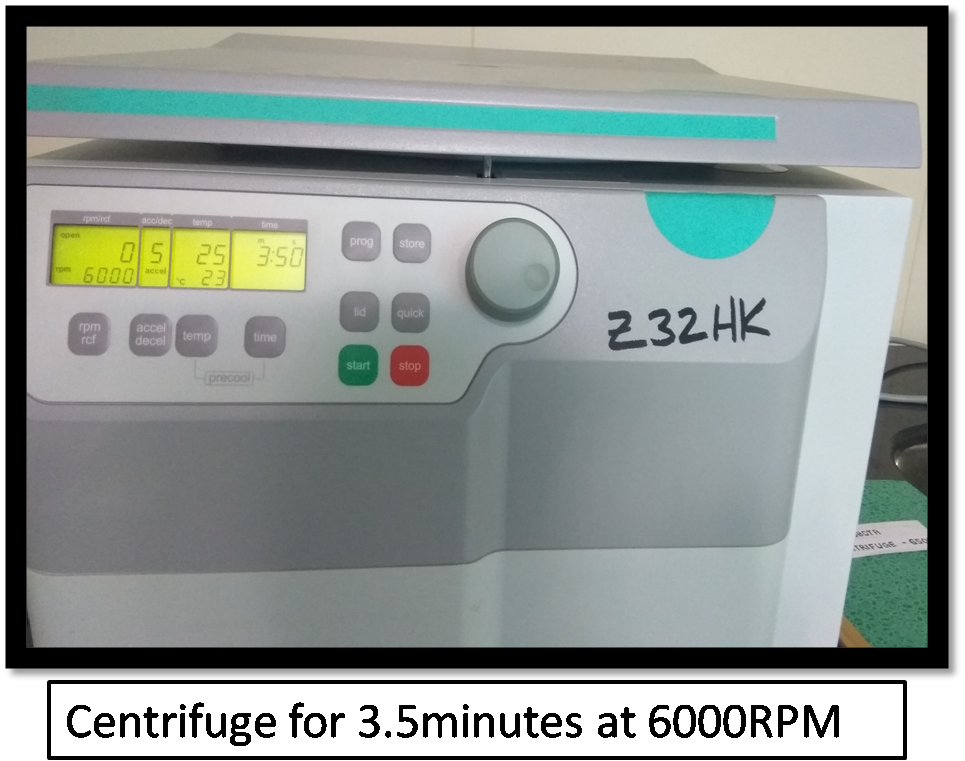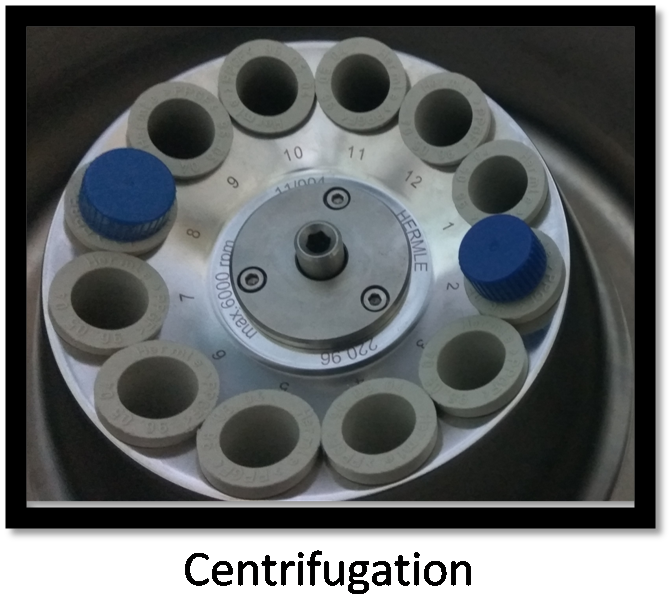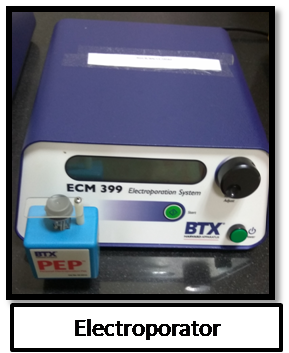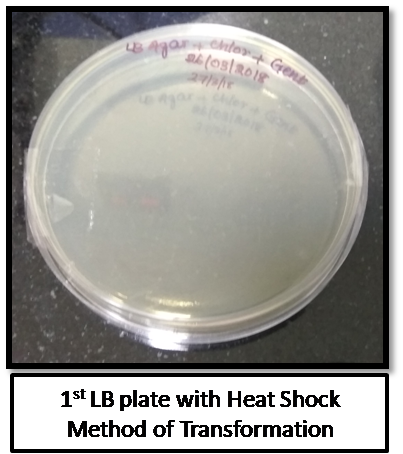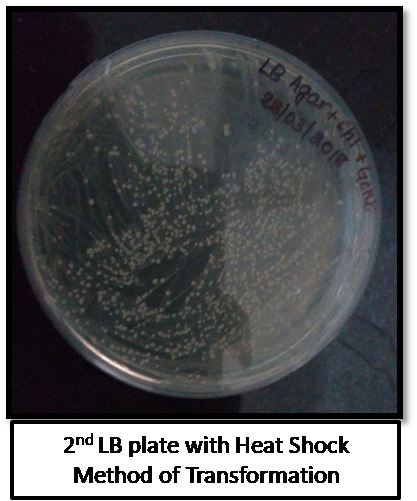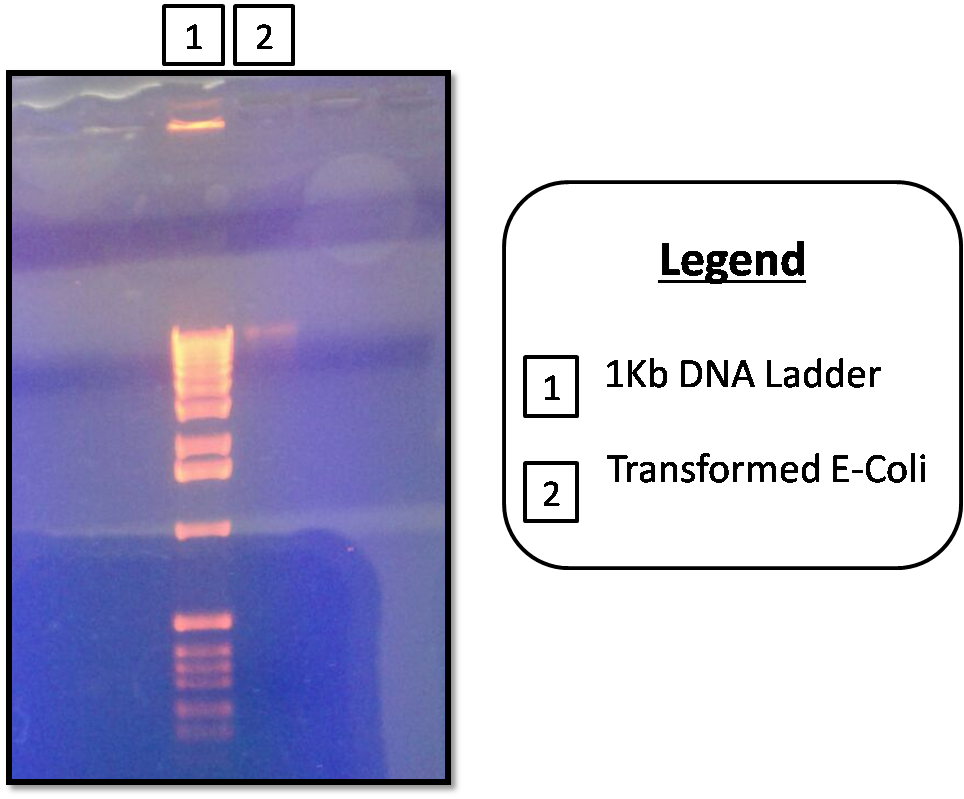Craig Venter has stated he will establish an IGEM style competition for the most innovative use of the JCVI minimal bacterial cell, JCVI-syn3.0. The JCVI built the organism to be used as a platform to investigate the first principles of cellular life. Rather than use the cell for a basic research question, imagine that you were head of R&D at a biotech and were trying to determine if a new biochemical pathway you had developed to fix carbon from CO2 had any industrial potential. You know the method works in cell free enzymatic reactions, but that is about all you are sure of other than the enzymes and pathway. Do not get stymied by technical details involving how you would genome engineer JCVI-syn3.0. Explain the concept and experimental rationale.
The fixation of carbondioxide to yield carbon is very significant in such a world of climate change due to greenhouse gases. There is a team that recently worked on a developing a synthetic biochemical pathway for the fixation of carbondioxide to organic carbon using an enzyme called Enoyl CoA reductase/carboxylase. The synthetic biochemical pathway with the help of this enzyme has been found to be 20 times faster than the normal biochemical pathway alias the Calvin Cycle that's been utilized by plants [1].
Similarly, if I had found a new biochemical pathway for fixation of carbon that works well on cell free enzymatic reactions, I would like to develop novel hybrid antibiotics using JCVI 3.0, by addition of genes like CCR gene, [2] that will also yield new precursors for synthesis of novel antibiotics. Also the antibiotic resistance could be
In the previous classes, George Church has talked about work done in his lab to do grand scale genome engineering of E. coli to alter its genetic code. While there are similarities with how his lab engineers E. coli with how the JCVI engineers mycoplasmas, what is the fundamental difference or differences?
| Concept | George Church Team | JCVI Team |
|---|---|---|
| Approach | Top down approach | Bottom up approach |
| Method | Modifying an existing genome using Multiplex Automated Genome Engineering(MAGE) | Designing Hypothetical Minimal Genome (HMG) using transposon mutagenesis |
| Composition of Genome | Contains all the genes (non essential and essential) | Contains only essential genes and quasi-essential genes |
| Purpose of the genes present | Altered E-coli can be used as a machinery for a wide variety of applications | It contains only genes essential for the cell to be viable and necessary for survival |
| Applications | Can be used for a variety of applications | Can be tailored to be used for a particular application and study the basics of the cell |
In the Science paper ͞Design and synthesis of a minimal bacterial genome,͟ the JCVI showed the figure below, which is the first step in an effort to rationally reorganize the minimal cell genome. As noted in the paper, when we reorganized the genome, which included separating genes in operons, as needed we placed genes behind transcriptional promoters that controlled expression of genes deleted to build minimized segment 2. We built a genome that had a reorganized segment 2, but with the other 7 segments in with their original gene order. As noted in the paper, that cell grew normally.
In later experiments, the JCVI used the same strategy to design and build reorganized versions of the other 7 minimized segments and tested them as genomes that were 1/8th reorganized and 7/8ths not reorganized. None of those 7 genomes resulted in viable cells. What is your hypothesis as to why this happened?
When the 2nd segment was minimized, out of 94 genes, 53 was deleted, which might not have affected the original gene order and hence the expression of genes was undisturbed, which rendered the cell viable. When the other segments are minimized, few essential operons which might be required for transcription and translation process might be removed in order to minimize, that could have caused the cells non viable.
The JCVI recently announced that it was now minimizing and reorganizing the genome of the fastest growing eukaryote, a yeast called Kluyveromyces marxianus. The goal will be to make an alternative to Saccharomyces cerevisiae that grows faster, and can be grown at higher temperature, and that would be a better platform for the kinds of biotechnology people currently use yeast for. Based on the ͞genome engineering lecture in HTGAA and the Science paper ͞Design and synthesis of a mrinimal bacterial genome͟(assigned as class reading), how would you go about minimizing and rationally reorganizing the K. marxianus? What would be different about your approach relative to how the JCVI minimized Mycoplasma mycoides to produce JCVI-syn3.0?
- Kluyveromyces marxianus is a yeast, whose genome is 10.9 mb long [3], thats about 10 times longer than Mycoplasma mycoides.
- As Kluyveromyces marxianus is an eukaryote, the minimization and reorganization of the yeast will be very complex and time consuming than that of Mycoplasma mycoides.
- As the gene structure in eukaryotes has introns as compared to the operons in prokaryotes, the minimization would be a difficult problem. The genome minimization is more prone to errors because of the complex structure, which would involve removing the introns instead of operons in prokaryotes.
- Reorganizing of the K.marxianus genome will be a herculean task as it has 5k ORFs on 8 chromosomes.
- The survival rate of the K.marxianus is very less as we are unaware of the proper functioning of all the genes present in eukaryotes.
